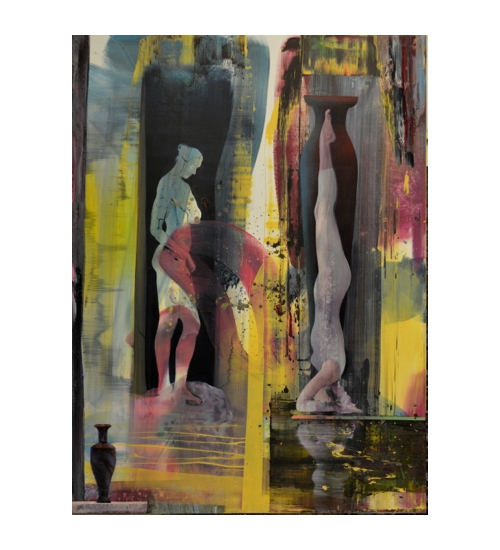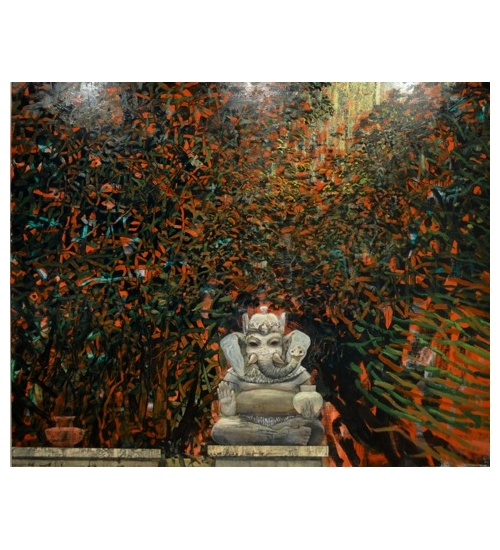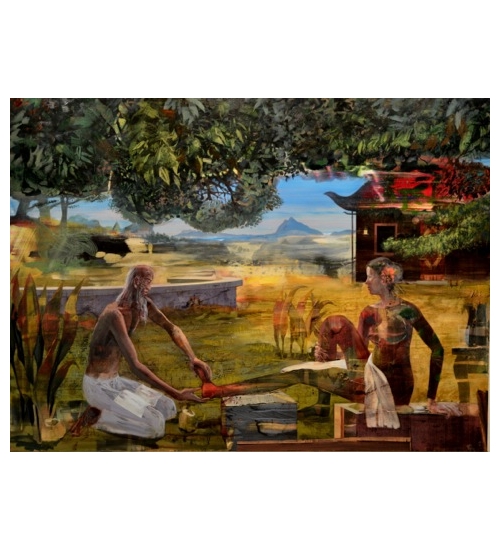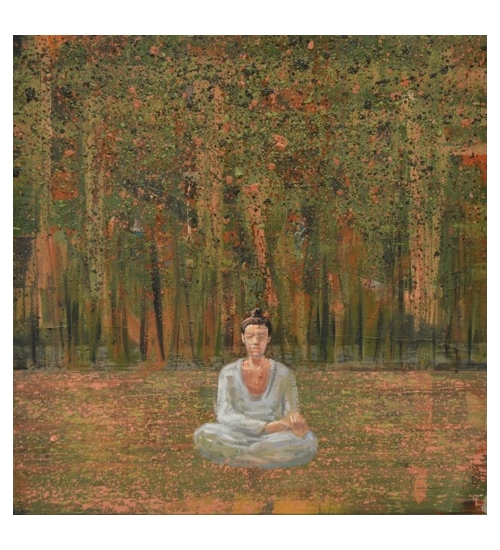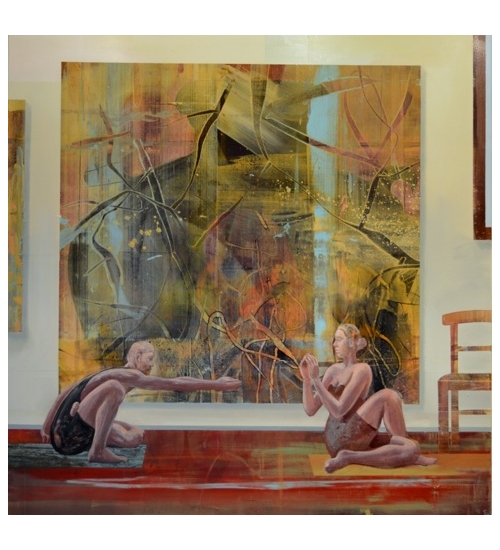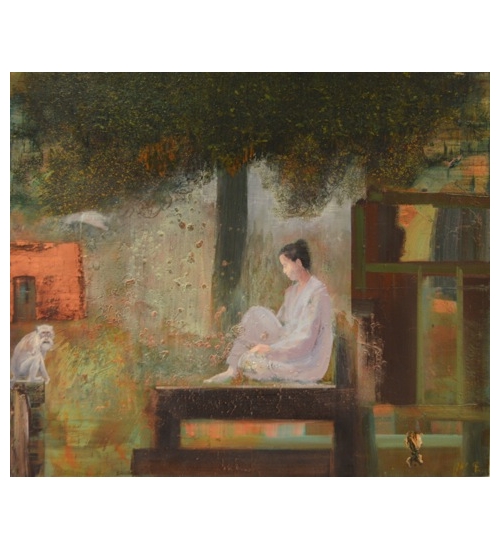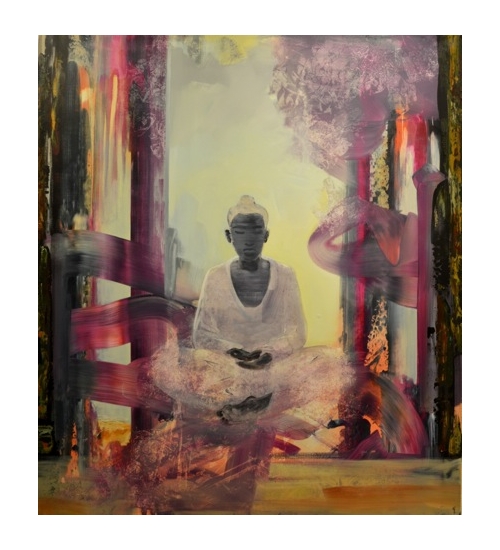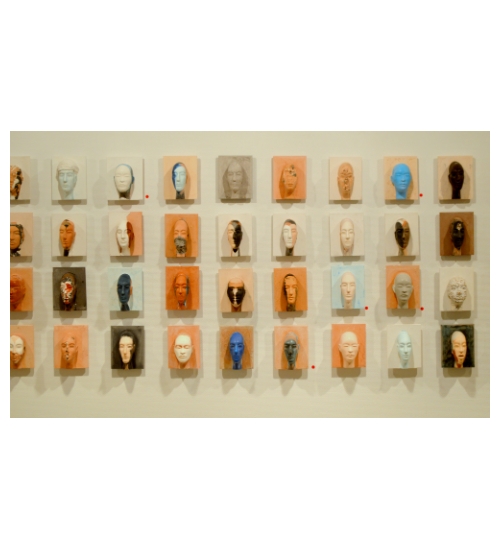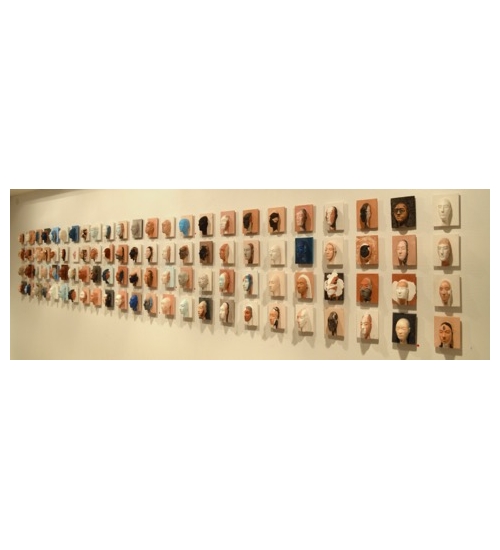Meditations on Mind and Matter
From time immemorial the philosophies of the East and the West have served as contrasting polarities for each other, a duality of Ying and Yang. This exhibit is a meditation on the relationship of East and West, inspired by my recent travels in Bali, Indonesia.
As a Westerner visiting Bali, I found myself embarking on a spiritual journey, opening with wonderment to a culture that was radically different from any I had seen before. In Bali, I was struck by how the Eastern notion of karma penetrated all levels of action, reminding me that a spiritual journey can be an everyday quest. In Bali, beauty, generosity and trusting to luck and good karma, is part of the everyday adventure-and with it a quiet acceptance of a much chaos.
Upon returning home to Norway, I am reminded of the constant movement of global geopolitics, like an unending complex game of chess. Here, the chess boards, from 2003 are still relevant, reflecting the usual dichotomy between black and white that is here given an added confusion with the addition of multiple grey tones and colors. These essential changes challenge the viewer to question the usual rules of the game. What are the opponent’s positions and hidden strategies now? And what is the purpose of the game itself?
In essence, these works and other contemplative paintings with a focus on semi abstraction and architectural forms, are a reflection of the Western impulse to dominate, create order and structure.
But Eastern philosophy with its focus on introspection and surrender to the unseen mystery of life, begs us to pause and question the Western notion of progress as a forward movement. Symbolic of this is the use of the Hindu elephant God, Ganesh, remover of obstacles and the patron of arts and knowledge. Or the Buddha, an iconic image of deep contemplation and peacefulness. The midpoint between the figures of Ganesh and Buddha is symbolized by the static use of vases and the active asanas of yoga. For yoga with its static, symmetrical quiet beauty combined with strength and plasticity, remind us of the mystery and resilience of the human existence when tempered with discipline and mindful contemplation.
The exhibit then is a meditation on the interplay of East and West, a homage to inspired strategic planning that has the capacity to offer creative solutions to profoundly challenging problems AND the invaluable role that intuition and luck play in being able to create and implement new structures and systems that can bring peace and prosperity

